Exploring The Fine Art of Japanese Craft Cocktails
How master mixologist Masahiro Urushido of NYC’s Katana Kitten and other experts are elevating the Japanese cocktail tradition.
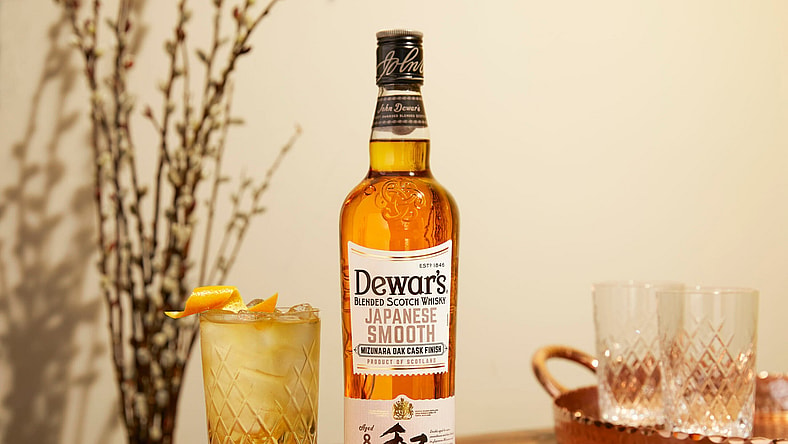
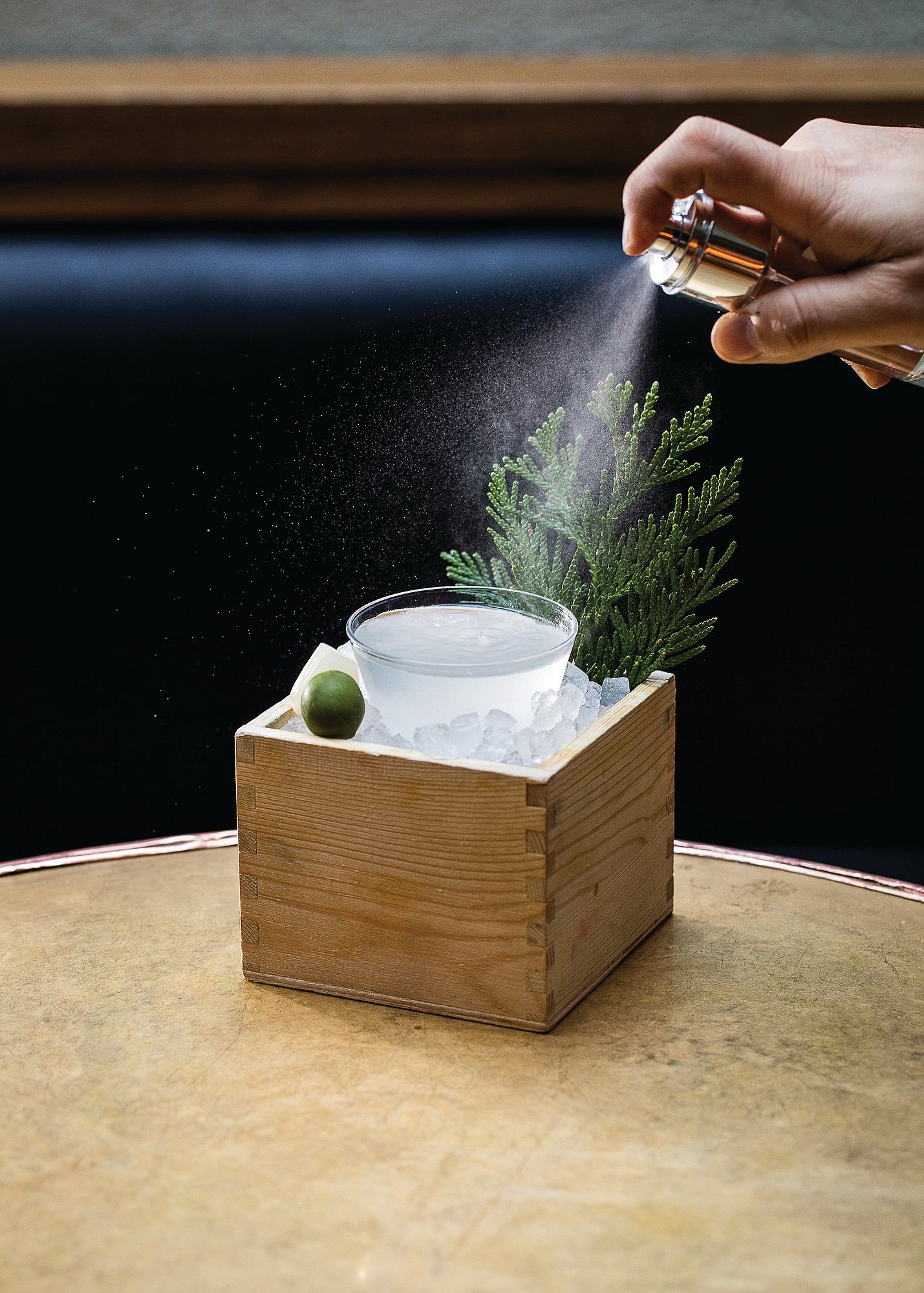
In 2018, Masahiro Urushido and his business partner James Tune opened Katana Kitten, a Japanese-American bar on Hudson Street in New York City. The name reflected their unique approach to mixology—Katana being a samurai sword, embodying “an almost mystical level of precision and craftsmanship,” while Kitten was a nod to their “sense of playfulness.”
While it may have seemed like a novel, and even contradictory, concept at the time, Katana Kitten rapidly gained recognition as one of the world’s finest cocktail bars; and just one year later, won the coveted Tales of the Cocktail Spirited Award for Best New American Cocktail Bar, as well as a hotly-contested spot on the The World’s 50 Best Bars list.
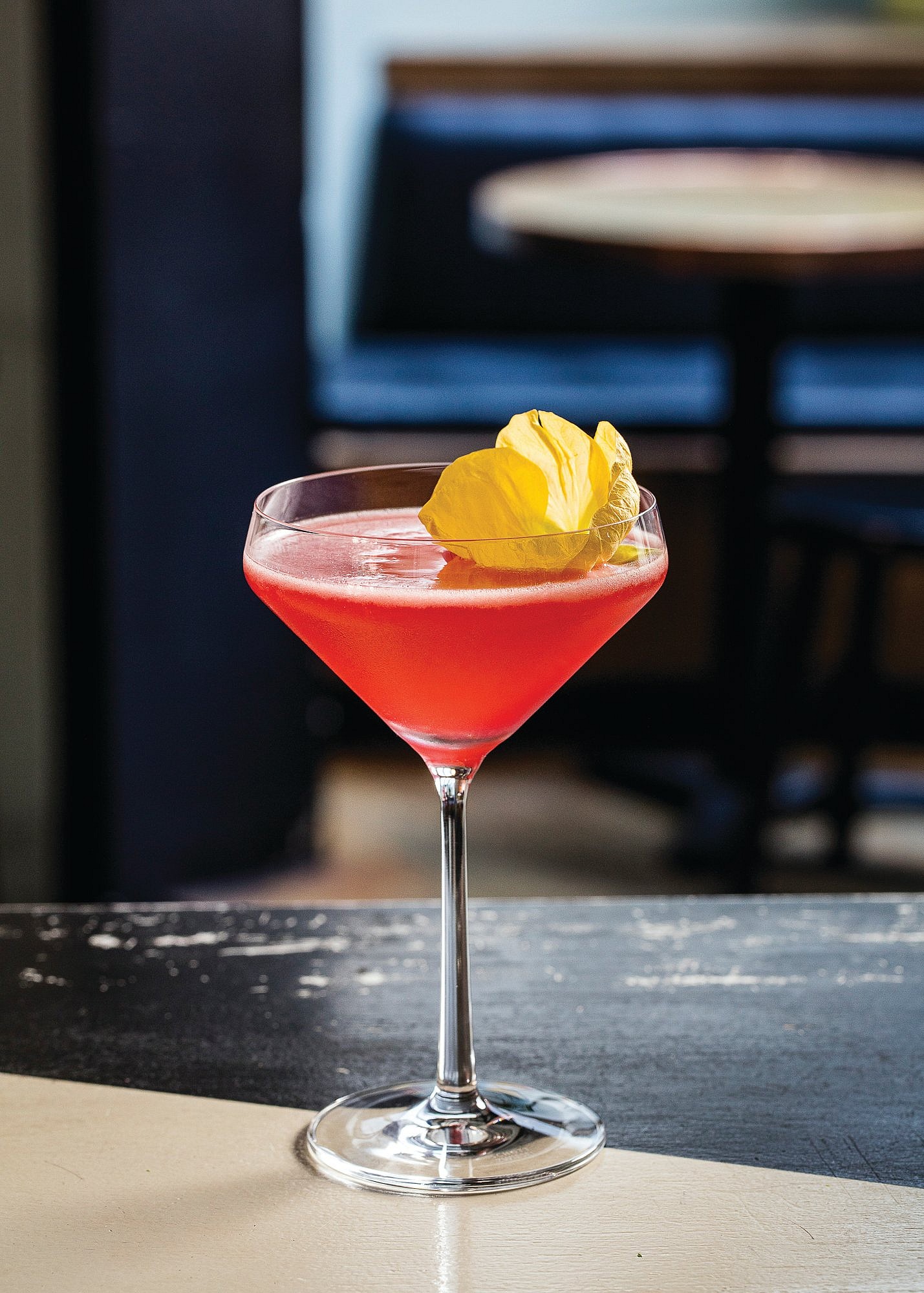
“Our basic concept was a full-throttle Japanese-American bar,” Urushido, who was born in Minowa, a small town in Japan’s Nagano Prefecture, writes in his beautiful new book, The Japanese Art of the Cocktail, co-authored by Michael Anstendig and published by Houghton Mifflin Harcourt. “Not a Japanese bar in New York, not a Japanese-inspired or -themed bar, but rather a hybrid of two formidable drinking cultures, with each given equal respect and prominence.”
From Japan, he notes, “we bring exactitude and a relentless quest for perfection, and a respect for classic cocktails, combined with selfless hospitality. Into this, we infuse a decidedly American penchant for diverse creativity, unique house-made and garden-fresh ingredients, and a touch of playfulness…. [Because] Japanese bartending’s reverence for tradition and ritualization still leave room for experimentation, innovation, and kaizen, which means ‘continuous improvement.’”
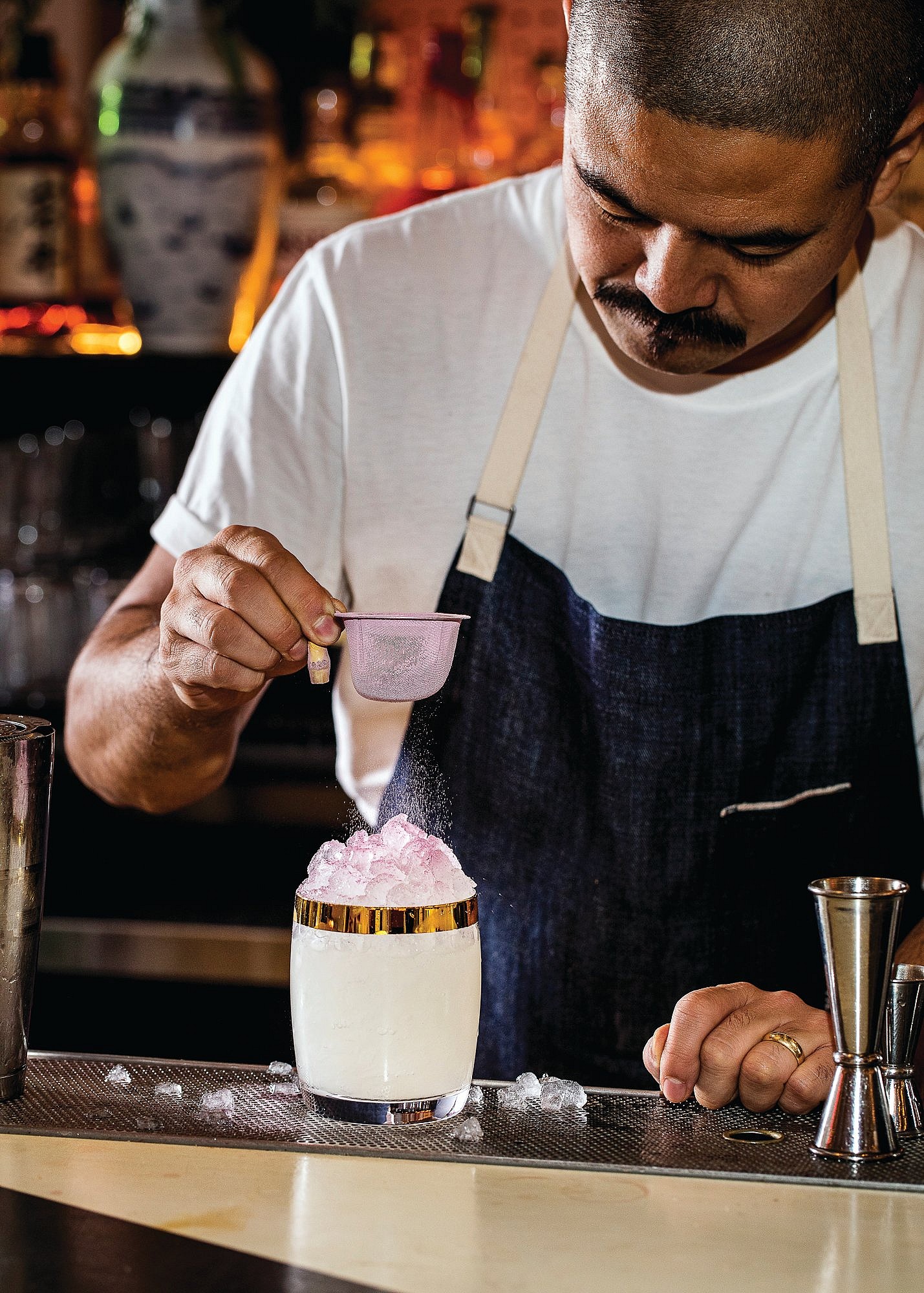
The timing could not have been better. Japanese whisky and mixology were rapidly gaining prominence in the United States, a trend that has only increased in the years since. As Tatler Philippines recently noted, “Twenty years after the craft cocktail revolution launched in New York City, Asia is pioneering the next frontier of drink-slinging innovation. Bridging tradition with disciplined craftsmanship plus a treasure trove of untapped local ingredients, Asian bars are creating some of the most exciting and outré cocktails in the world.”
Urushido and Katana Kitten certainly deserve some of the credit. As author and cocktail historian David Wondrich writes in the introduction to Urushido’s book, “Japanese crafts have a reputation for their discipline and their precision, and Japanese bartending is no exception.”
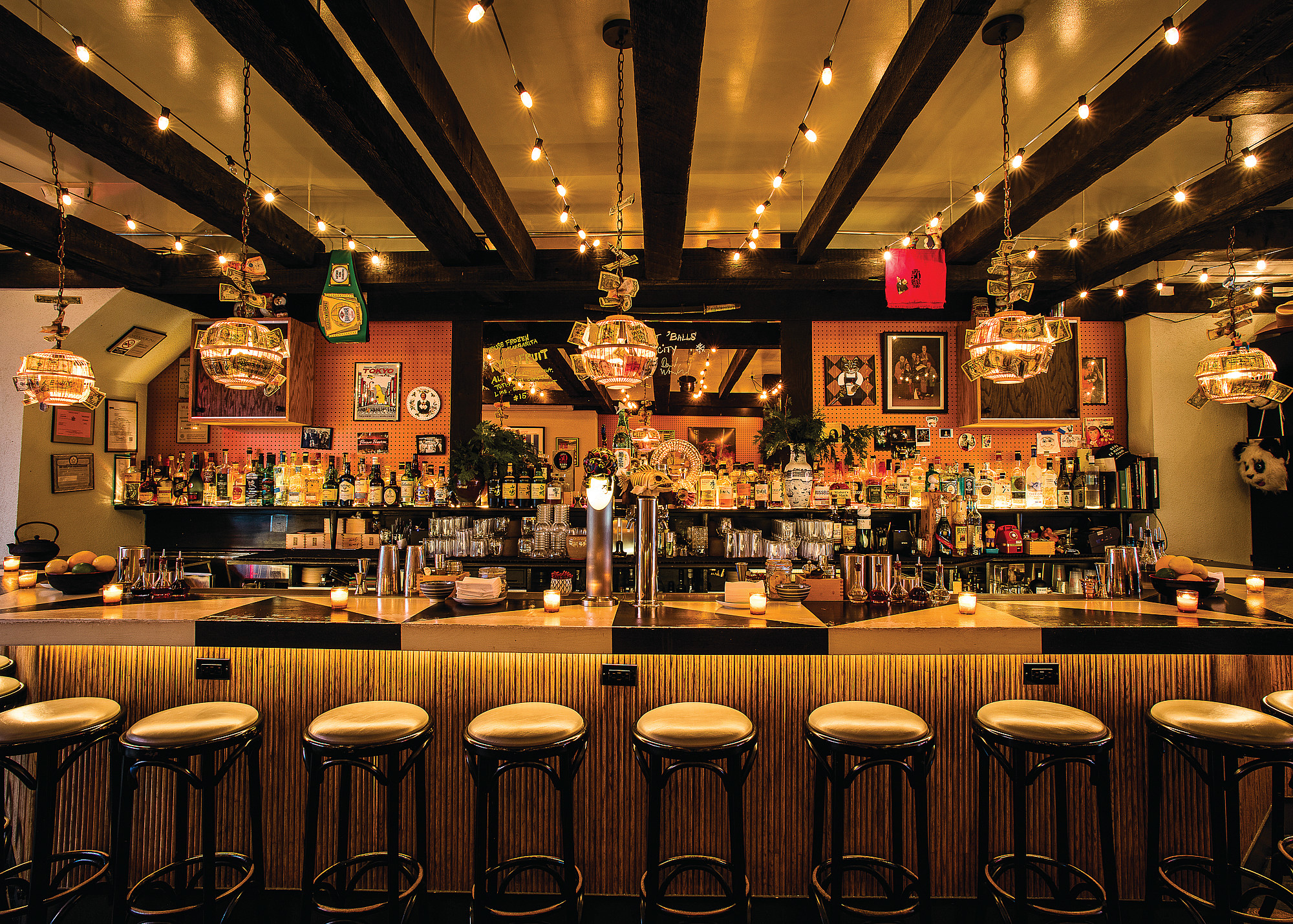
However, “As with so many of other crafts,” he notes, “there’s a higher purpose here: Japanese bartending has a unique way of weaving the various utilitarian processes and procedures a bartender employs in mixing a drink—from opening the bottles to measuring out the ingredients to shaking, straining, garnishing, and presenting the final drink— into a seamless ritual of secular (although not entirely secular) communion.”
Of Urushido, Wondrich writes, “To watch him mix drinks is an education in grace and elegance. Every drink of his I’ve had has been a thing of beauty: subtle, balanced, delicious, and presented without pretense or vanity.”
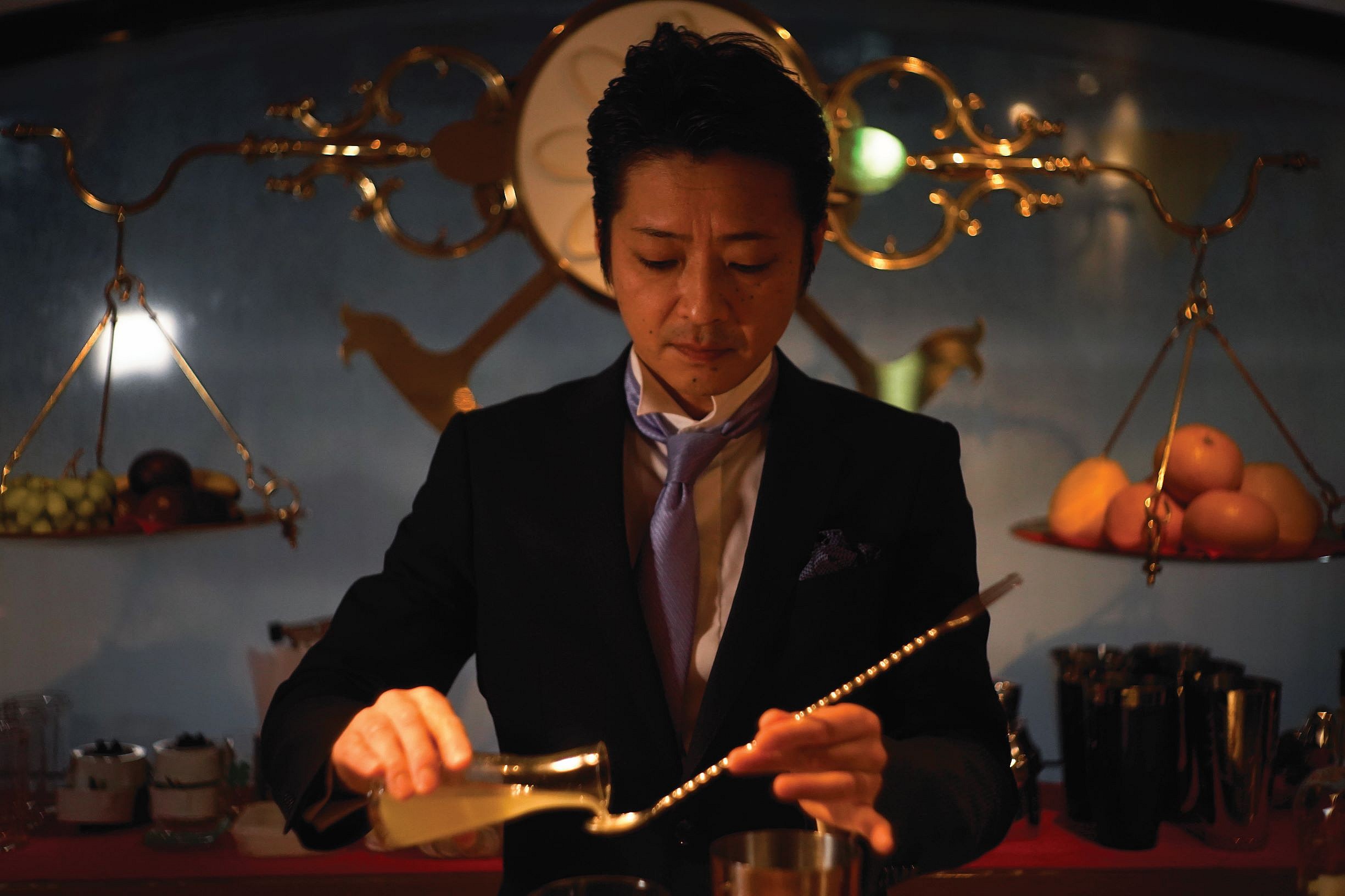
Urushido himself examines the underlying principles of Japanese mixology at length in the captivating book. “I am frequently asked to define Japanese bartending and its unique style,” he notes. “The question is one that I constantly grapple with, as there is no simple answer. Clearly, it involves many touchstones, from the use of specialized bar tools to specific techniques and curated ingredients. But it is much more profound than that.”
https://www.instagram.com/p/CPtYKRkLgrW
While apprenticing in Japan, he cut his teeth crafting whisky cocktails. “The archetypal whisky cocktail in Japan is by far the Whisky Highball,” he writes. “It is the rocket engine that propelled whisky back to mainstream popularity in Japan and continues to fuel its growth…. At Katana Kitten, highballs are served as they should be: supremely icy cold, so that the last bubbly sip is just as frigid and effervescent as the first.” It is the basis upon which Urushido has built a cocktail program that is now widely imitated around the world.
In another alluring new book on Japanese mixology, Tokyo Cocktails: An Elegant Collection of Over 100 Recipes Inspired by the Eastern Capital, published by Cider Mill Press, Nicholas Coldicott also examines the phenomenon. The popular perception that Japanese bartending is “a time capsule, a snapshot of the 1920s,” is wrong, he writes.
“Across Tokyo, bartenders are trying to fine-tune famous cocktails, speeding up or slowing down their stirs, rethinking how they move a shaker and juice a fruit, pondering whether the ice in their mixing glass should be shiny or coarse, how hard it should be, and even whether they should shorten their stir in the summer.”
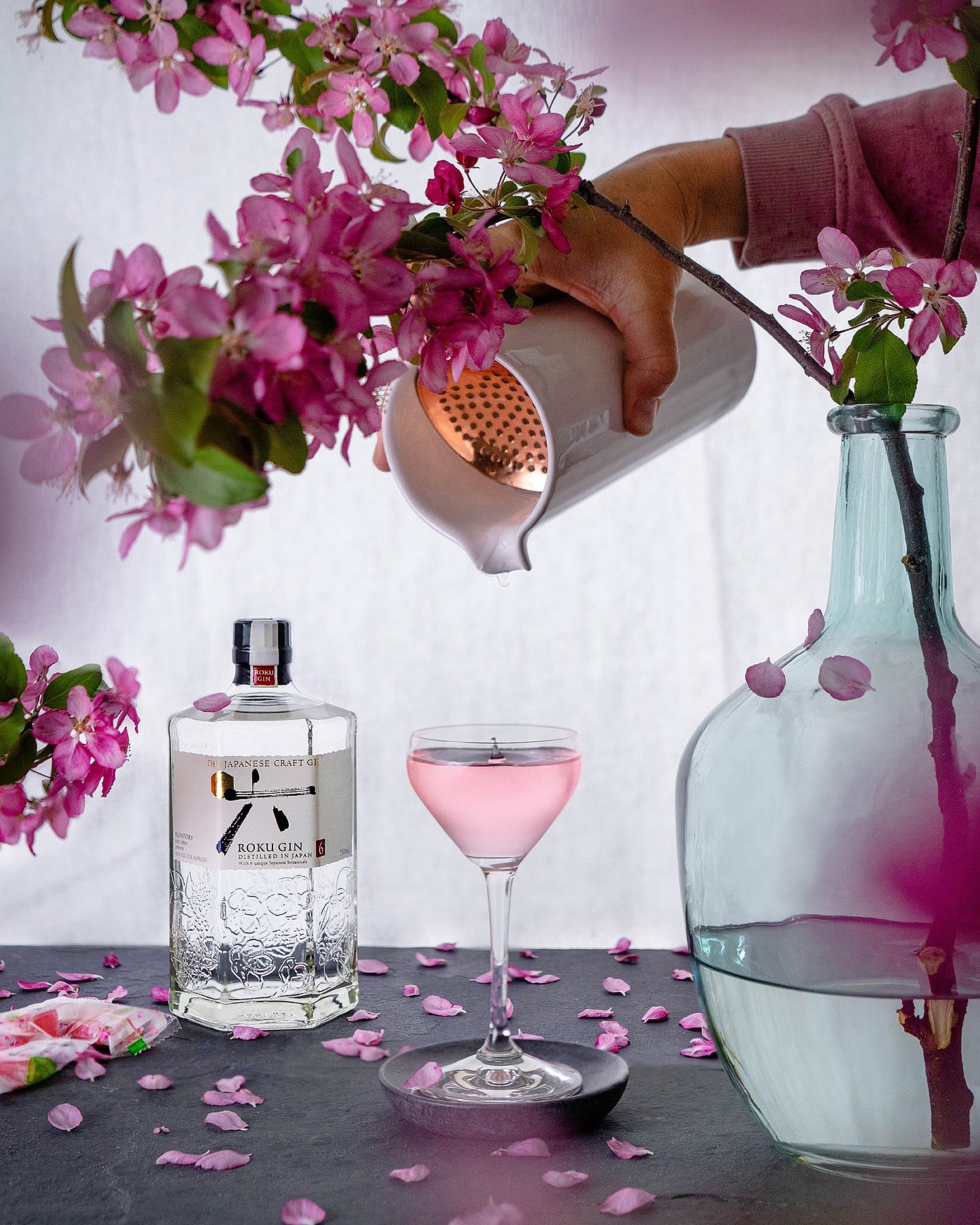
In addition to Japanese whisky, and other Japanese spirits such as Roku Gin which have gained popularity of late, “brands such as Beefeater, Bacardi, Courvoisier, and Dewar’s are the primary colors of a Japanese bar,” Coldicott notes, “and [there is] artisanship is in the aeration, dilution, temperature control, and other kinds of chemistry.”
The fact isn’t lost on Dewar’s. The famed brand recently debuted its first-ever whisky aged in Japanese casks, Dewar’s 8YO Japanese Smooth. The fourth in series of acclaimed experimental releases from the Scottish distillery, it’s a nod to both their iconic status in the Land of the Rising Sun, and the fact that Japanese whisky is currently the fastest-growing segment amongst all whiskey worldwide.
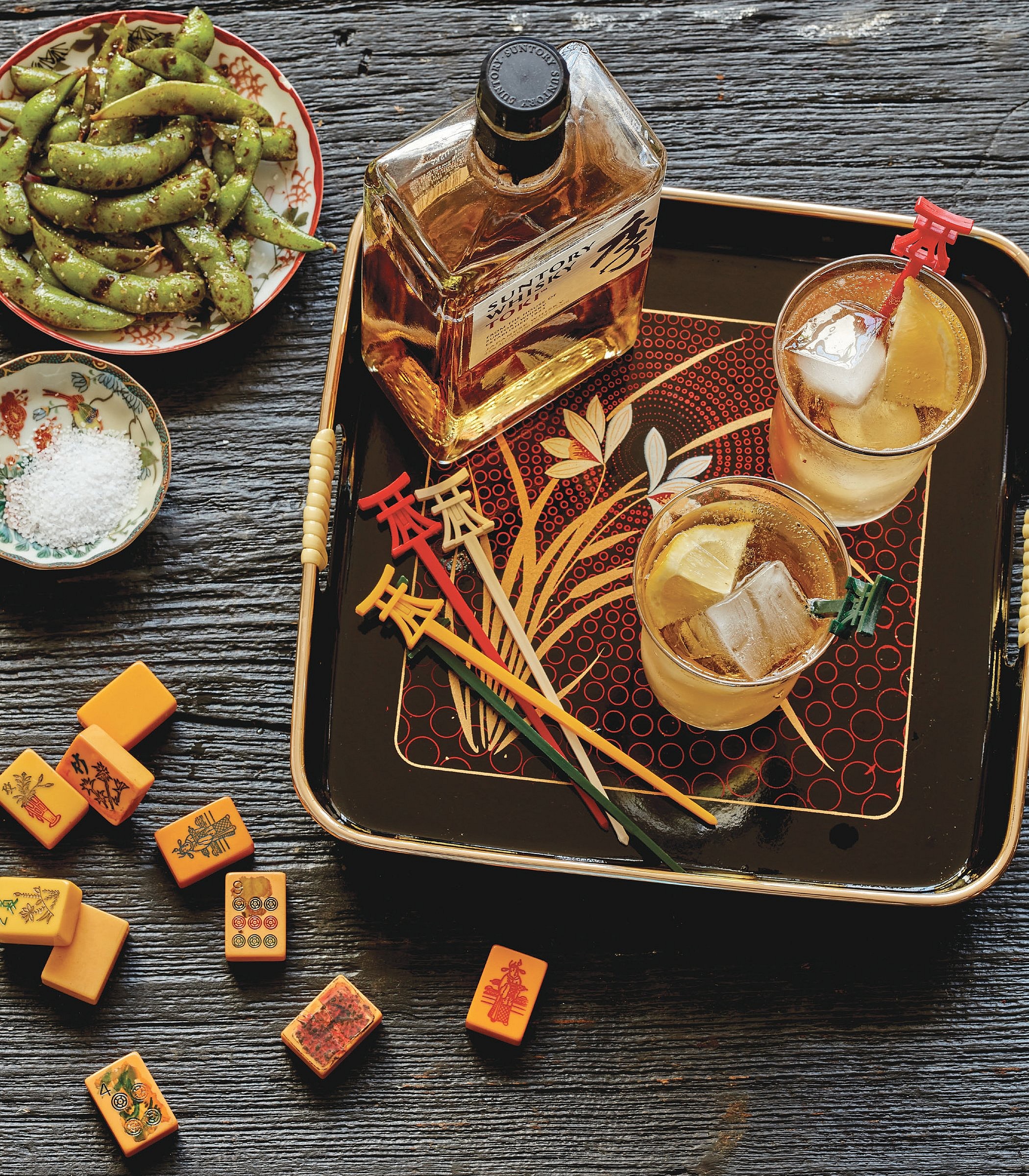
Like Katana Kitten’s merging of Japanese and American bar culture, Dewar’s’ Japanese Smooth unites the purity and craft of Scotland and Japan. The casks are made of Mizunara oak, which is native to Japan, takes 200 years to mature, and is much scarcer and more expensive than European and American oak; single casks cost more than $6,000 apiece, or ten times more than those made of American oak.
Which did not deter them. “At Dewar’s we’re obsessed with smoothness,” the brand’s renowned Master Blender Stephanie Macleod tells Maxim. “With the Dewar’s 8YO Smooth Series, we wanted to express smoothness not only as a texture, but also as a flavor.”
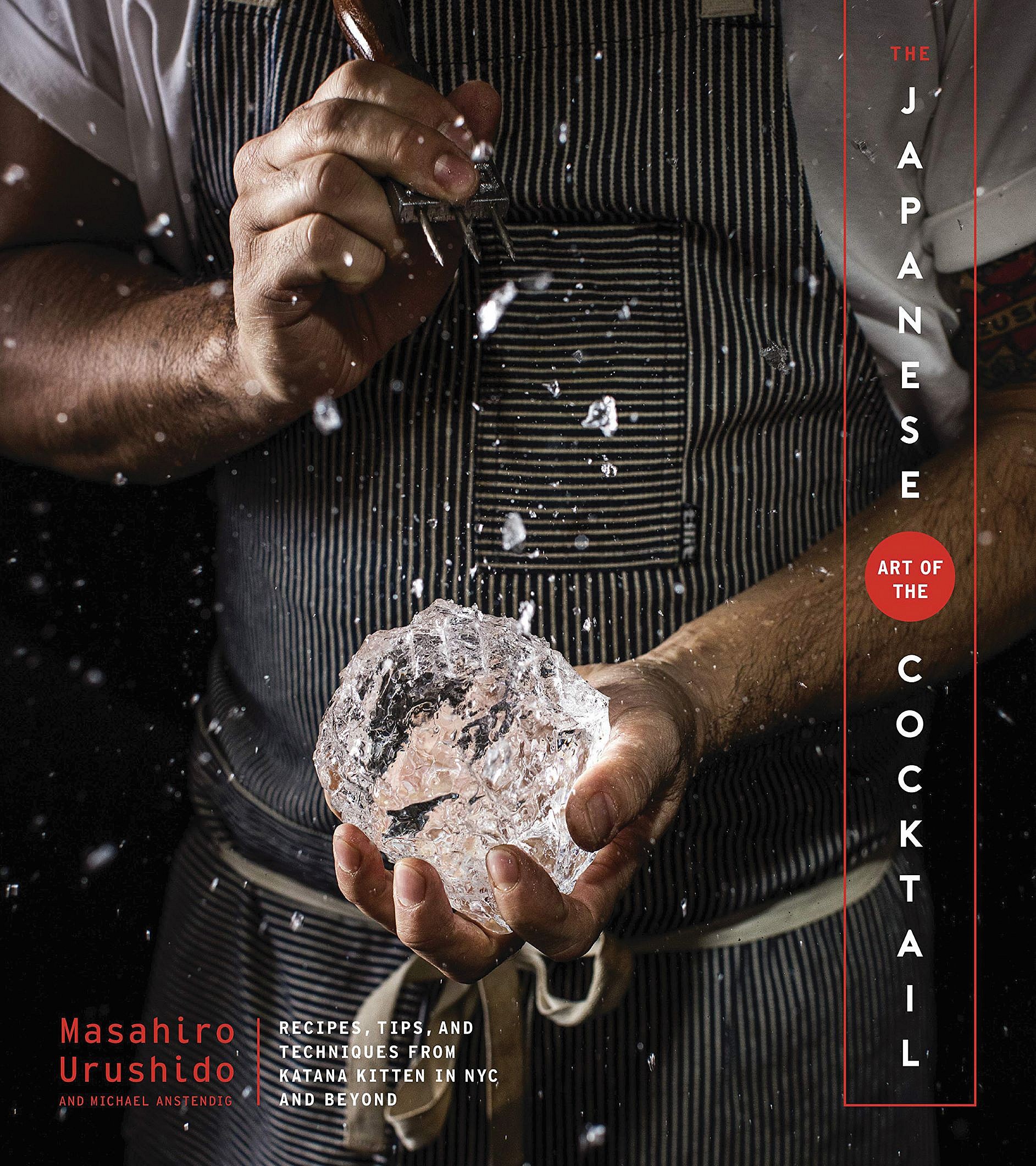
With the Japanese Smooth expression, double-aged and finished in Mizunara casks, “we wondered what this intriguing species of oak would impart to the flavor profile of Dewar’s 8YO. So, we trialed some casks last summer and were delighted that after one month changes started to appear in the spirit—more color, more floral and fruit and more spice.”
The finished product, which “preserves Dewar’s signature notes of heather and honey, whilst quietly imparting floral and complex woody notes of sandalwood and succulent lychee,” according to Macleod, is ideal in the classic Japanese highball, served over a clear spear of ice with chilled soda and a fragrant orange zest.

For a more refined cocktail, Macleod suggests a Green Tea Old Fashioned, made with green tea syrup and orange bitters, “which contrasts perfectly with the spiced cinnamon and rich honey notes of Japanese Smooth,” which was created “with cocktails in mind.” It is easy to see how sought-after the innovative limited-edition whisky could become both here and abroad, especially in places like Katana Kitten and the numerous establishments surveyed by Mr. Caldicott in Tokyo Cocktails, where tradition and innovation go hand and hand.
And there’s an extremely apt quotation attributed to Gustav Mahler which Macleod cites when asked about her own approach to combining the two: “Tradition is not the worship of ashes, but the preservation of fire….”
This article originally appeared in the July/Aug 2021 issue of Maxim.
